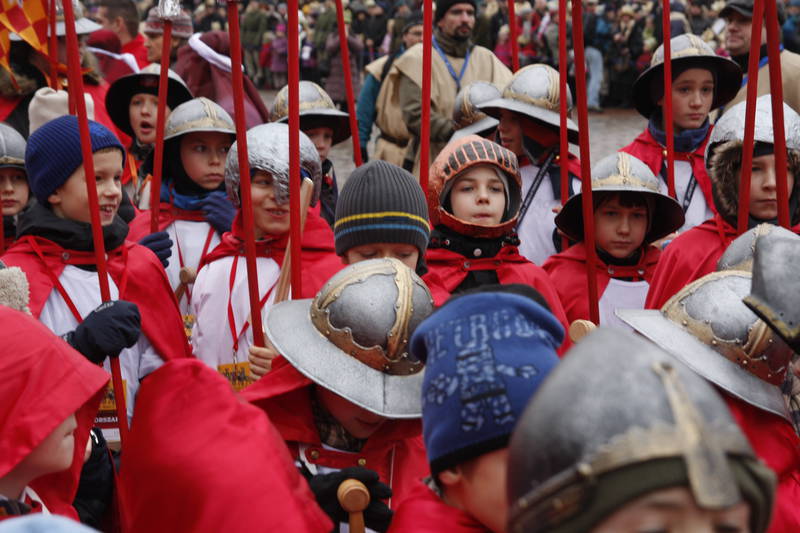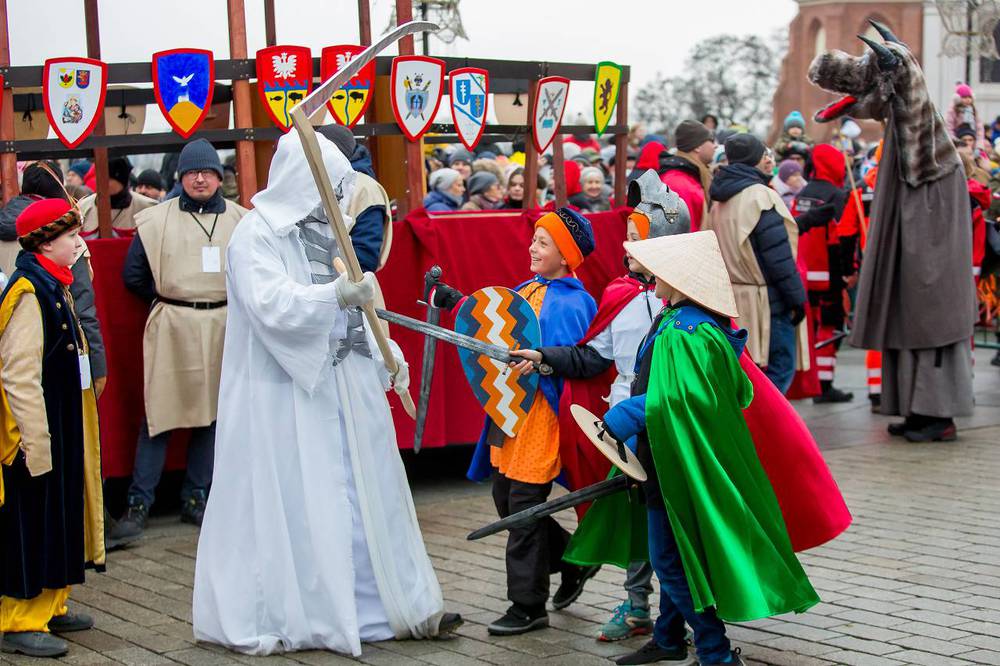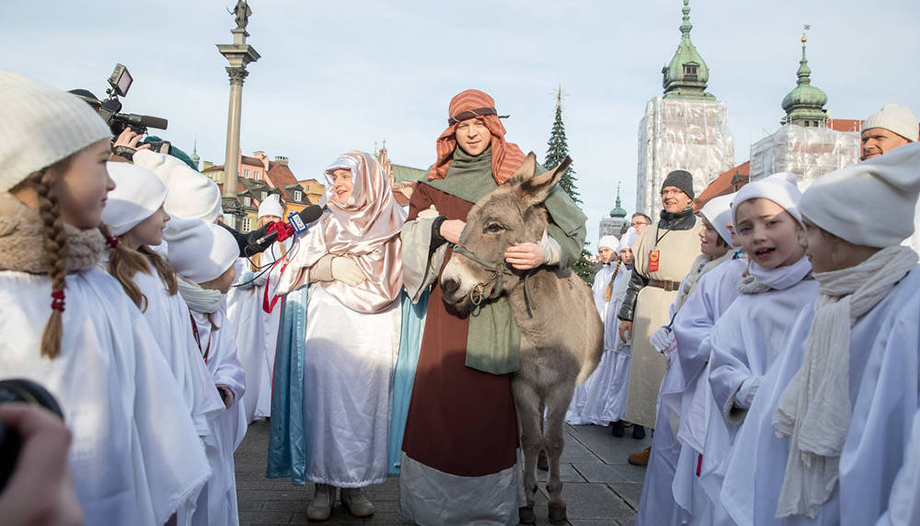Piotr Giertych, one of the organizers of this parade, describes for Omnes the beginnings of this procession that reflects a deep-rooted devotion to the Magi in Poland: "The Three Wise Men Parade in Poland was born as a developed form of Christmas theater that has its history in Poland since the 17th century. That's when this tradition left the houses, churches or schools and began to walk the streets".
From school theater to Cavalcade
What today is the Three Kings Parade was resumed at the school. Żagle in Warsaw where "every year the children were actors in a Christmas theater. The typical scenes we know from Holy Scripture began to take on colors and sounds. In the theater each pupil had his or her own role and, with the growing number of pupils, it was an increasingly difficult adventure. In 2008, the organizer of the school theater proposed to go outside. Something that, with the temperatures and snow typical of Polish weather, seemed crazy. However, the first event was very successful and we repeated it the following year.

Year after year, people and organizations joined the procession, recalls Giertych: "The number of people taking part and the interest of the media in this street theater confirmed to us that the Poles wanted to celebrate this day. The parliament decided to change the law and proclaim January 6 a public holiday (a working day since the communist government abolished the holiday in 1962)".
2011 was a key year: "For the first time we were able to organize the parade on January 6 and more cities joined our Foundation. Since then, the number of parades has only grown, even in areas where there was no celebration of this day. Piotr Giertych emphasizes that "in 2020 (the last January 6 before Covid19) there were 872 cities in Poland that organized the Three Kings' Parade together with us".
A festive catechesis
"The Cavalcade always has the same narrative," Giertych points out, "the magi look up to heaven and begin their pilgrimage. At the same time, the Holy Family decides to go to Bethlehem. On the way they meet King Herod, the shepherds, the inn, angels and devils, who try to divert the travelers. The Romans keep order in the streets..., and ahead of them all goes the star".

The celebration is not limited to the participants of this procession. "All the participants of the Cavalcade receive a paper crown and a songbook. This allows people to join in with those dressed as kings, knights, court ladies, shepherds, etc. All together they sing Christmas carols, a very old tradition in Poland that has survived even during the communist era."
It is a festive catechesis, "the carols have great theological content and narrate truths of the faith," says Giertych, "which is not an obstacle for more than a thousand people to dance the typical Polish dance (polonez) to the chords of a carol at the end.
The tradition of the Cavalcade is already a reality in Poland, in fact, according to the organizer, "Pope Benedict XVI and now Pope Francis greet the Polish Cavalcades every year on January 6 from their windows".
In Poland, around two million people participate in the event in almost a thousand localities and, "for some years now, the Polish parade has been joined by other countries: France, England, Germany, Austria, Ukraine, Romania, Slovenia, Hungary and Kazakhstan, but also the USA, Ecuador, Cuba and even countries in Africa such as Rwanda, Congo, Cameroon, Zambia and Chad". As Giertych emphasizes "We are happy that we can bring the good news about the birth of Jesus to so many people all over the world".









